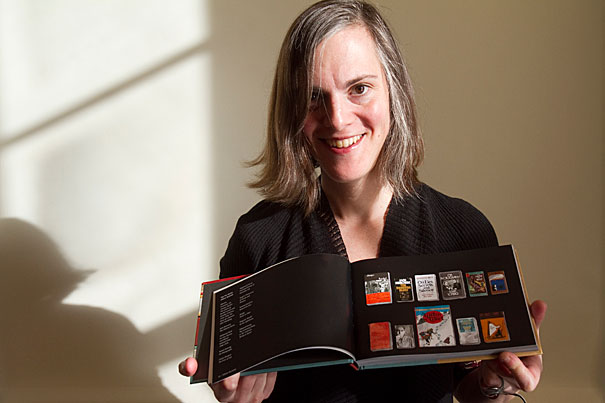
At Public Books, Merve Emre interviews historian Leah Price, whose latest book, What We Talk About When We Talk About Books: The History and Future of Reading, looks at how styles of reading shift in line with social and technological changes. Price descibes herself as a “book historian,” insofar as she investigates the book as a physical object and economic commodity rather than just a vessel for literature. In the interview, she explains how the way we read is shaped significantly by the physicality of the object on which we read, whether its a traditional bound book or a smartphone or e-reader. Check out an excerpt from the interview below.
ME: One of the things I think that answer gets at so beautifully and that I think your book does an extraordinary job of is disaggregating the term “technology.” Contemporary readers often don’t see how the technologies that shape the book relate to the technologies that shape our smartphones or e-readers. How do you think reading today can be enhanced by having that long history in hand?
LP: There again, I think one lesson of book history is simply to give digital readers permission not to feel embarrassed about or frightened of new delivery devices for text, because I think that that embarrassment or fear often stems from a false dichotomy between the printed book, which we imagine as a single, stable, unchanging, half-millennium-old thing, and digital technology, which we imagine as new and scary and ever changing. One of the strong claims of book history as a field is that the book throughout its history has been a driver of technological and commercial change.
For example: the media historian Ted Striphas shows that books were the first objects to be sold on credit in the 19th century. Books really paved the way for the kind of consumer credit that would later be applied to everything from layaway purchases of clothes to furniture to, ultimately, houses and the subprime mortgage crisis. We have books to thank for that. Likewise, books were among the first commodities to be bar-coded. They drove the beginnings of electronic inventory control, which is precisely why when a young entrepreneur named Jeff Bezos wanted a guinea pig for his new online marketing and distribution system, the most convenient thing for him to pick was the printed book.
Image of Leah Price via Public Books.